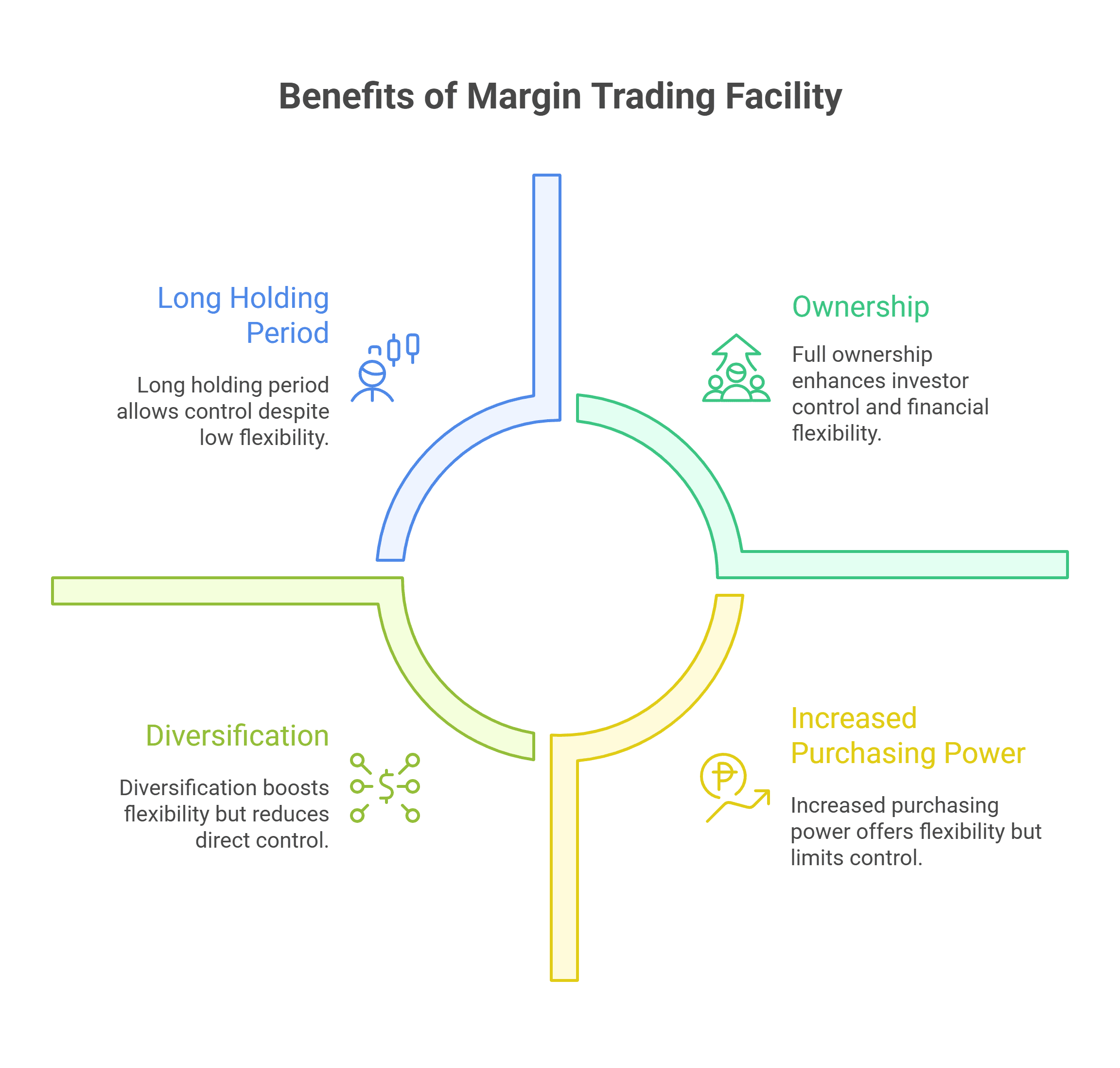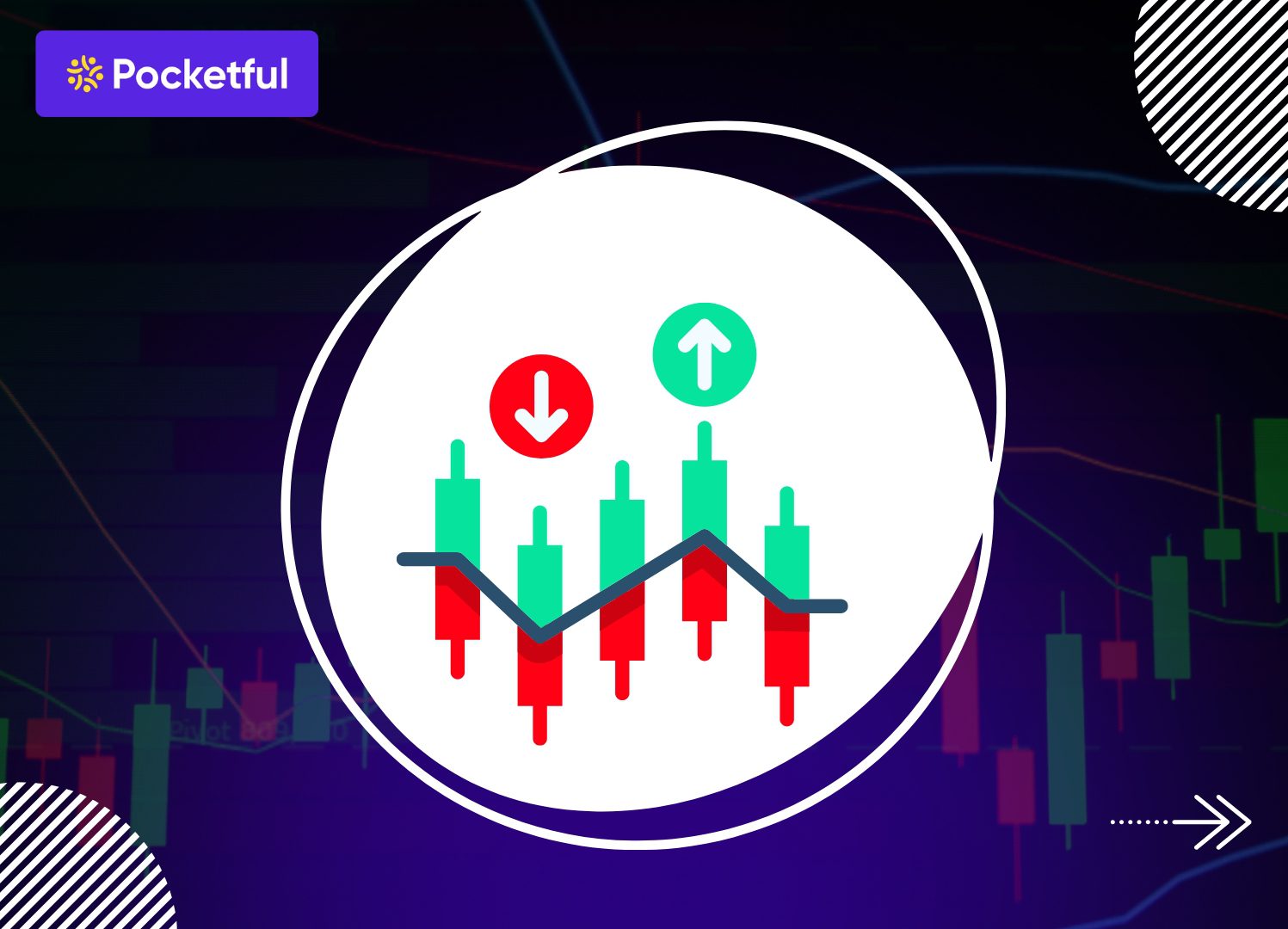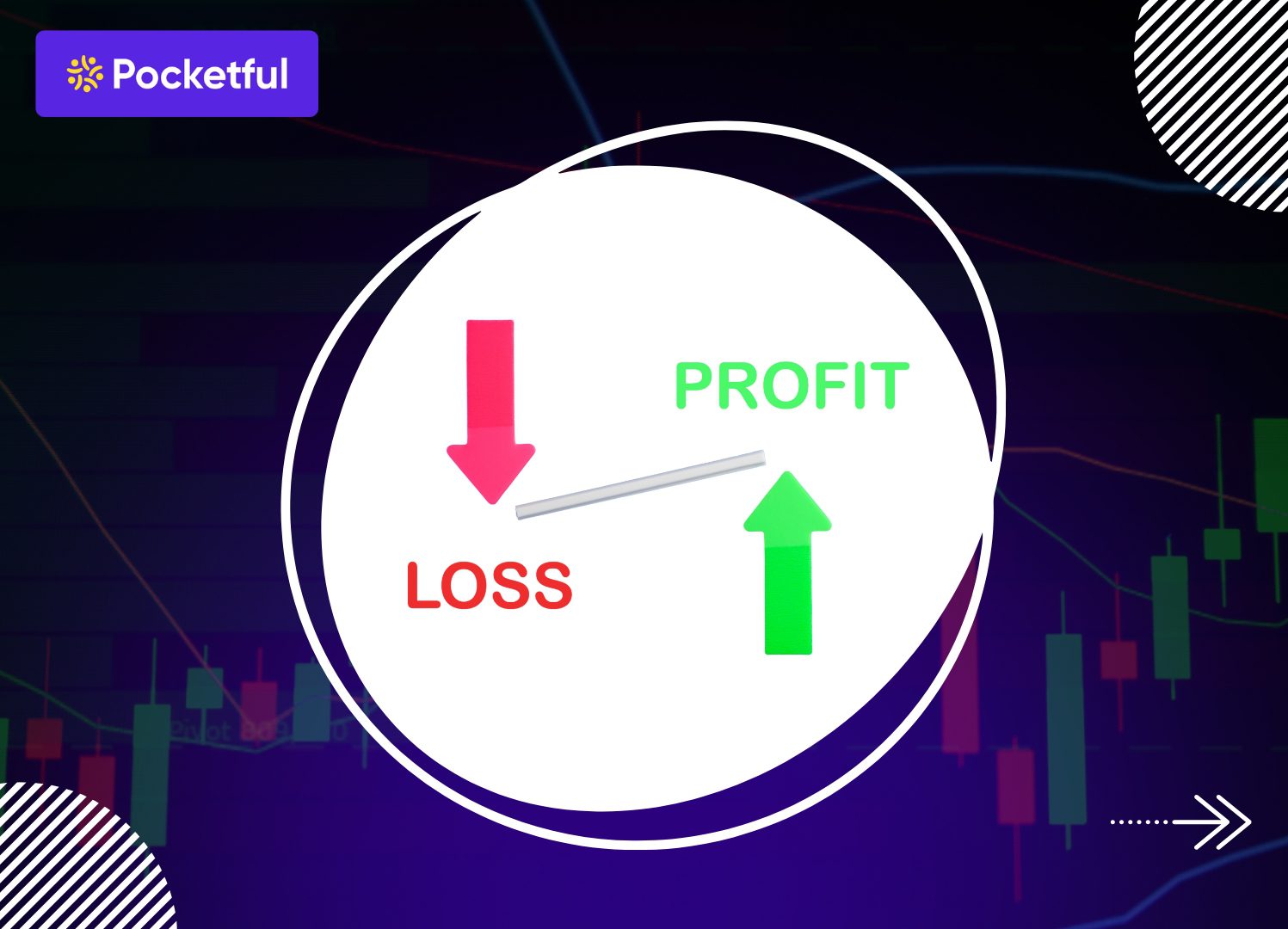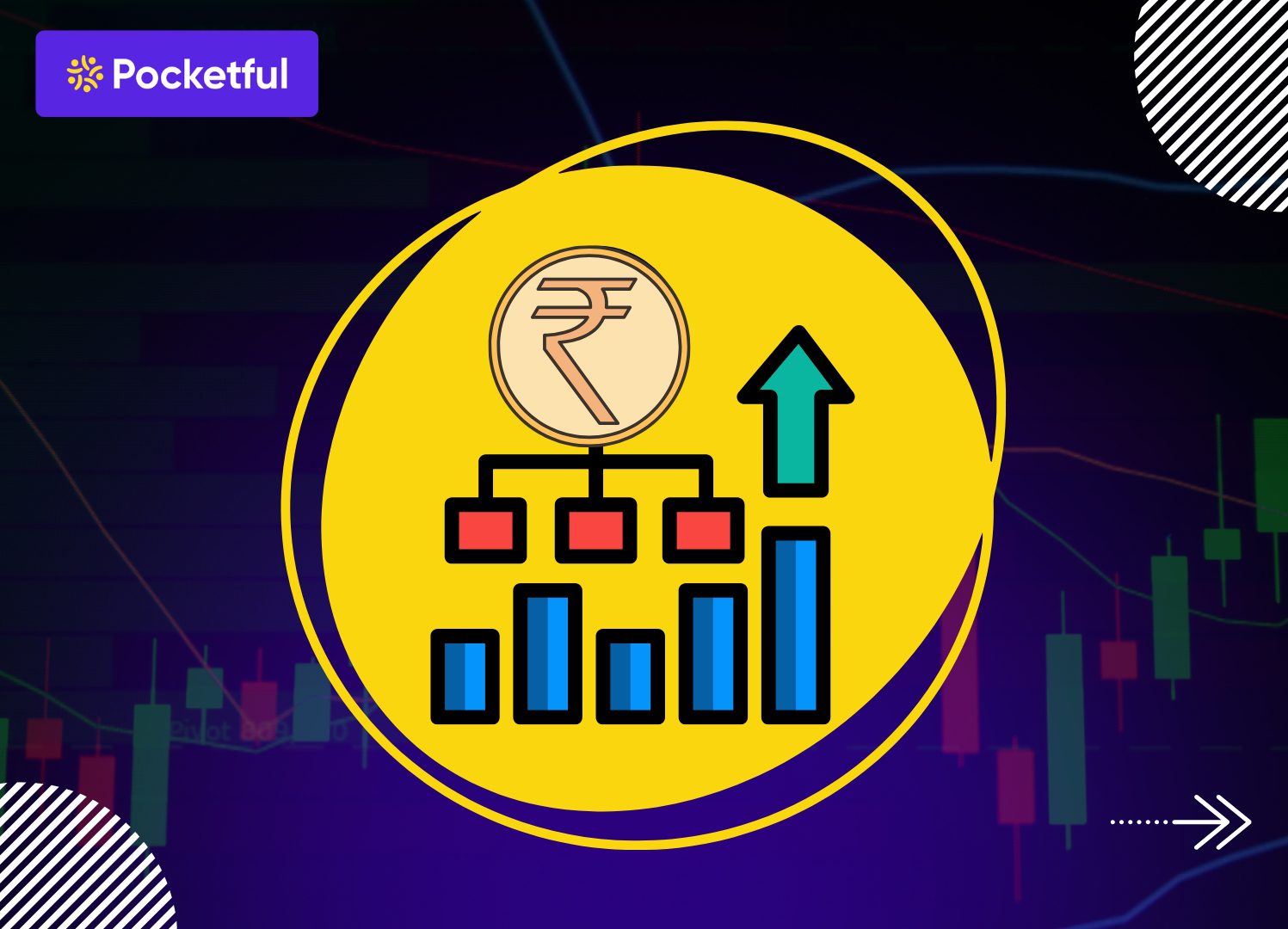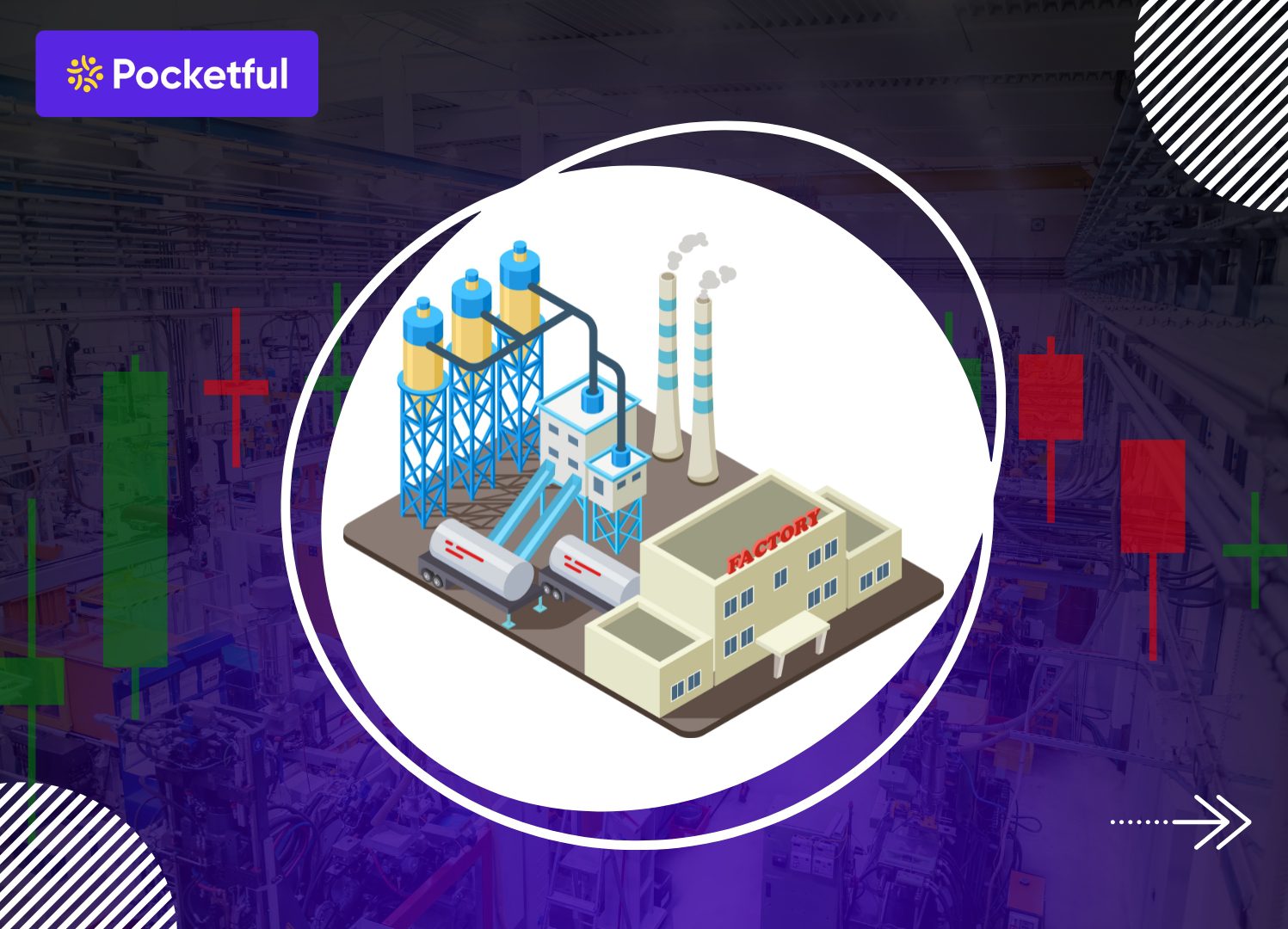Every digital click, stream, and swipe runs through one thing: data centers. As India embraces cloud computing, AI, and 5G, data centers have emerged as the silent engines powering this digital transformation. This is the reason data center companies in India are gaining serious traction.
Backed by rising demand and government’s push for digital infrastructure, several NSE-listed companies are stepping into the spotlight. In this blog, we discuss the top data center stocks, benefits of investing in them and their key performance ratios.
What Are Data Center Companies?
Data center companies in India are the backbone of the country’s fast-growing digital infrastructure. They build and operate high-performance facilities that store, manage, and process massive volumes of data for businesses, governments, and tech platforms. As demand for digital services rises, so does investor interest in data center stocks in India.
Core functions of data center companies include:
- Hosting enterprise-grade servers and storage
- Ensuring 24/7 services for smooth working
- Working on highest level of data security and safety
- Ensuring maximum level of uptime
- Supporting cloud computing, AI, and IoT ecosystems
- Complying with data privacy and other norms
These companies are driving India’s digital transformation, making them increasingly attractive investment opportunities.
List of the Best Data Center Stocks
Though there are numerous data center companies in India, a few stand out and are listed too. So, here is the list of the top NSE listed data center companies in India that you must consider while investing.
| Company Name | Current Market Price (₹) | Market Capitalization (₹ Crores) | 52-Week High (₹) | 52-Week Low (₹) |
|---|---|---|---|---|
| Tata Communications | 1,828 | 52,111 | 2,004 | 1,291 |
| Anant Raj | 596 | 21,436 | 948 | 366 |
| RailTel Corporation of India | 339 | 10,880 | 479 | 265 |
| Netweb Technologies India | 3,303 | 18,710 | 4,480 | 1,252 |
| Black Box | 514 | 8,752 | 716 | 321 |
| Aurionpro Solutions | 1,075 | 5,938 | 1,924 | 1,051 |
| E2E Networks | 2,330 | 4,687 | 4,680 | 1,710 |
| Marine Electricals (India) | 229 | 3,160 | 333 | 139 |
| Orient Technologies | 368 | 1,531 | 675 | 294 |
| Allied Digital Services | 160 | 907 | 288 | 148 |
Read Also: Best Metaverse Stocks in India
Overview of the Top Data Center Stocks in India
An overview of the top 10 data stock companies in India is given below:
1. Tata Communications
Tata Communications is a global digital ecosystem enabler and a major force in India’s data center and cloud infrastructure landscape. Headquartered in Mumbai, it handles 30% of the world’s internet routes and connects businesses with 80% of top cloud companies.
Tata Communications operates 44 global data centers across four continents with nearly 1 million square feet of colocation space. Their Vayu Cloud platform integrates IaaS, PaaS, AI services, and NVIDIA GPUs, delivering up to 30% cost savings. The company provides managed hosting, disaster recovery, and hybrid cloud solutions with 99.95% uptime, supporting enterprises through their globally integrated IP network and submarine cable infrastructure.
Tata Communications is among the top data center stocks in India. It runs undersea fiber networks and offers trusted services like cloud, networking, and data centers in over 190 countries.
Know the Returns:
| 1Y Return | 3Y Return | 5Y Return |
|---|---|---|
| 4.34% | 41.57% | 71.55% |
2. Anant Raj
Anant Raj Limited has been around for over 50 years, building everything from homes and offices to malls, hotels, and IT parks. It is mostly across the Delhi-NCR region. Lately, they’ve also stepped into the world of data centers. This is the reason why they stand out.
Anant Raj operates scalable data center infrastructure with expertise in constructing expansive campuses ranging from 64 to 150+ MW capacity. Their data centers are designed for flexibility and adaptability, enabling clients to achieve sustained growth within existing infrastructure. The company provides customized solutions with proven campus models that expedite time-to-market, delivering operational white space within six months. They are now focusing on IT and cloud infrastructure to become a key name in India’s growing digital space.
Know the Returns:
| 1Y Return | 3Y Return | 5Y Return |
|---|---|---|
| -13.54% | 474.18% | 2,069.58% |
3. RailTel Corporation of India
RailTel Corporation of India Ltd is a government company under the Ministry of Railways. It’s one of the biggest companies in India that builds and manages internet and telecom systems. RailTel has laid more than 67,000 km of optical fiber along railway tracks and connects over 11,000 places with its network. It also runs 1,100+ telecom towers all over the country.
RailTel operates Tier-III certified data centers in Secunderabad and Gurugram, both certified by Uptime Institute USA with 99.982% SLA uptime assurance. Their facilities provide co-location, managed hosting, cloud computing (IaaS, PaaS), disaster recovery, and security services. RailTel’s data centers feature multi-layered security, backup services, and support government data localization requirements with 24×7 monitoring and management
They provide useful services like broadband internet, leased lines, cloud services, video calls for offices, and public Wi-Fi at more than 6,000 railway stations. RailTel is playing a big role in bringing internet access to remote areas and helping build India’s digital future.
Know the Returns:
| 1Y Return | 3Y Return | 5Y Return |
|---|---|---|
| -10.25% | 142.84% | 211.01% |
4. Netweb Technologies India
Netweb Technologies India is one of the finest data center stocks offering high-end computing solutions, specializing in supercomputing systems, data center servers, private and hybrid cloud infrastructure, and AI systems. The company offers managed cloud services, cloud migration, and high-performance storage, serving sectors like IT, BFSI, government, defense, and research.
Netweb Technologies operates comprehensive data center solutions through their ‘Tyrone’ brand, offering supercomputing systems, dual processor servers, and private cloud infrastructure. Their data centers feature high-performance storage capable of 10 million IOPS and 100 GBps throughput, scalable to 1,000 petabytes. They provide integrated hardware-software stacks, managed cloud services, and specialized AI systems for enterprise computation users.
With over 20 years of experience and integrated design and manufacturing capabilities, Netweb customizes technology solutions under its Tyrone brand and is recognized for its customer-centric approach and “Made in India” focus.
Know the Returns:
| 1Y Return | 3Y Return | 5Y Return |
|---|---|---|
| 14.91% | 246.78% | 248.73% |
5. Black Box
Black Box, earlier called AGC Networks, is a global tech company based in Navi Mumbai. It helps over 8,000 clients across 25 countries and has 14 service centers in India and 75 around the world.
Black Box provides comprehensive hyperscale data center infrastructure services globally, specializing in building cutting-edge facilities across wide geographic footprints. Their operations include end-to-end infrastructure solutions, structured cabling (fiber and copper), power distribution, network architecture, and security integration. They offer ongoing operations support, 24/7 monitoring, equipment installation, and maintenance services with proven methodologies for repeatable results.
They work with banks, hospitals, tech companies, and government offices, offering support in networking, cybersecurity, cloud services, and other IT needs. With a team of 4,000+ professionals, Black Box is trusted for managing big and important tech projects across the globe.
Know the Returns:
| 1Y Return | 3Y Return | 5Y Return |
|---|---|---|
| -13.29% | 273.22% | 326.07% |
6. Aurionpro Solutions
Aurionpro Solutions Founded in 1997, this is a well-known technology company with its main office in Navi Mumbai. It works to provide advanced solutions for banking, payments, transit, data center services, and the government sectors. It delivers enterprise AI, hybrid cloud, and managed IT services to over 300 clients worldwide, leveraging deep domain expertise and proprietary technology.
Aurionpro Solutions provides data center infrastructure services as part of their comprehensive technology portfolio. Their data center operations support banking, government, and enterprise sectors with focus on digital transformation and proprietary technology solutions. The company is publicly listed and recognized for its innovation-driven, customer-centric approach in both domestic and international markets.
Know the Returns:
| 1Y Return | 3Y Return | 5Y Return |
|---|---|---|
| -32.62% | 524.83% | 2,743.18% |
7. E2E Networks
E2E Networks is a leading Indian AI-first hyperscaler, i.e. a company that specializes in advanced cloud GPU infrastructure and cloud computing services. Founded in 2009 and listed on the NSE, E2E offers scalable, high-performance solutions for AI/ML, NLP, computer vision, and generative AI workloads.
The company’s platform features cutting-edge NVIDIA GPUs (A100, H100, H200) and enables rapid, contractless deployment for startups, enterprises, researchers, and public sector organizations. E2E Networks is recognized for its predictable pricing, compliance with Indian data laws, and its role in supporting India’s AI and digital transformation initiatives.
Know the Returns:
| 1Y Return | 3Y Return | 5Y Return |
|---|---|---|
| -48.15% | 1.214.96% | 4,864.68% |
8. Marine Electricals (India)
Marine Electricals has built a strong reputation in the electrical and automation space. It is working in areas like marine, industrial, commercial buildings, and data centers. They provide turnkey electrical systems, from power setups to smart building management.
Marine Electricals provides integrated electrical and automation solutions for data centers as part of their industrial segment operations. Their data center services include low and medium voltage power distribution solutions, intelligent PMCCs, EMS solutions, and electrical infrastructure management. The company leverages 40+ years of experience in electrical systems to deliver turnkey solutions for data center power and automation requirements.
As part of the growing data center stocks in India, Marine Electricals is known for its engineering capabilities, quality manufacturing, and project execution expertise. It supports data center infrastructure with the best solutions for both domestic and international clients.
Know the Returns:
| 1Y Return | 3Y Return | 5Y Return |
|---|---|---|
| -0.72% | 590.35% | 528.16% |
9. Orient Technologies
Orient Technologies offers comprehensive data center solutions including compute and storage infrastructure, virtualization, servers, storage, HCI, and backup services. Their operations span cloud services, cybersecurity, networking components, and digital transformation services. The company provides 24/7 managed services, multi-vendor support, and specialized data center consulting across pharmaceutical, healthcare, BFSI, and government sectors with focus on scalable, secure environments.
As part of the emerging data center companies in India, Orient Technologies is silently creating a big name in the Indian enterprise sector. It also partners with leading OEMs to deliver efficient data center solutions. Its expertise spans consulting, integration, and ongoing support.
Know the Returns:
| 1Y Return | 3Y Return | 5Y Return |
|---|---|---|
| -16.80% | 15.55% | 15.52% |
10. Allied Digital Services
This is a globally recognized leader in digital transformation and IT infrastructure services. It is headquartered in Mumbai. With over four decades of experience, the company operates in 90 countries and serves diverse industries with solutions spanning data center migration, cloud computing, managed security, and smart city projects.
Allied Digital Services operates Tier III/IV SAS 70 compliant data centers with strategic facilities in multiple US and India cities. Their data center services include hosting, migration, 24x7x365 monitoring, disaster recovery with RPO/RTO under 2 hours, and comprehensive security compliance (PCI, SOX, HIPAA). They provide robust environments, backup services, and complete infrastructure management with dedicated support.
They’re experts in running command centers, setting up data centers, and improving enterprise technology systems. Their all-in-one service approach makes them a reliable name in the digital transformation space.
Know the Returns:
| 1Y Return | 3Y Return | 5Y Return |
|---|---|---|
| -39.48% | 53.52% | 604.84% |
Key Performance Indicators (KPIs)
Here is a quick view of the KPIs of the top data center stocks in India.
| Company Name | Operating Profit Margin (%) | Net Profit Margin (%) | ROE (%) | ROCE (%) | Debt to Equity |
|---|---|---|---|---|---|
| Tata Communications | 9.11 | 6.41 | 60.78 | 14.96 | 3.60 |
| Anant Raj | 24.34 | 20.46 | 10.23 | 10.57 | 0.11 |
| RailTel Corporation of India | 12.26 | 8.62 | 14.99 | 19.20 | 0.00 |
| Netweb Technologies India | 13.75 | 9.96 | 21.58 | 29.28 | 0.00 |
| Black Box | 7.19 | 3.54 | 26.98 | 25.09 | 0.86 |
| Aurionpro Solutions | 19.76 | 16.06 | 12.38 | 14.73 | 0.01 |
| E2E Networks | 46.35 | 28.96 | 2.98 | 4.55 | 0.01 |
| Marine Electricals (India) | 8.66 | 4.96 | 9.51 | 15.15 | 0.12 |
| Orient Technologies | 8.24 | 6.00 | 15.29 | 20.40 | 0.00 |
| Allied Digital Services | 8.55 | 3.99 | 5.33 | 9.66 | 0.12 |
Read Also: Best Silver Stocks in India
Benefits of Investing in Data Center Stocks
If you’re looking for smart ways to grow your money, data center stocks in India are worth checking out. Here’s why:
1. Strong Growth Potential
Watching Netflix or storing files on the cloud, everything streamed or stored online needs a data center behind it. As more people use the internet and businesses go digital, the need for data centers is only going to grow. That means more opportunities for these companies and your investment to grow.
2. Diversification
This sector includes companies that are infrastructure providers, cloud hosts, equipment manufacturers, and cybersecurity firms. By investing a small amount in multiple companies, investors can diversify their portfolios. All this reduces risk, while staying invested in a high-growth industry.
3. Resilience
Data centers are essential. Whether it’s a bank, hospital, or a simple shopping app, they all need reliable data center services. These companies, hence, have stable demand even during economic downturns.
4. Government Support
India is going big on digital growth and wants to reduce the reliance on foreign data center service providers to protect the privacy of Indian users. This gives data center companies a strong push, making them a good investment opportunity.
5. Innovation and Sustainability
Emerging technologies like artificial intelligence and green energy are transforming data centers, making them smarter, more efficient, and environmentally sustainable. Investing in this space means not only tapping into growth, but also aligning with the future of tech and clean infrastructure.
Hence, data center stocks give strategic opportunities for long-term growth.
Disadvantages of Investing in Data Center Stocks
While data center stocks in India look promising, it is always better to consider all aspects. Some of the key cons of investing in these are:
1. High Capital Requirements
Setting up data centers isn’t cheap. They need tons of equipment, strong internet connections, cooling systems, and regular hardware updates. All this takes a lot of money up front, which can affect the company’s profits.
2. Regulatory Risks
Data centers deal with a lot of sensitive information. Hence, they have to follow strict rules about privacy and security. If the government changes any data laws, companies might need to spend more just to stay compliant.
3. Intense Competition
The sector attracts strong competition from global and domestic players. That means it is harder for small companies to stay competitive.
How to Invest in Data Center Stocks?
Investing in data center stocks in India is simple when you use platforms like Pocketful. Here are the steps to begin your journey confidently.
1. Create Your Demat Account
Sign up on Pocketful by completing the quick KYC process. Submit all the required documents and information to open your demat and trading account.
2. Explore Listed Data Center Stocks
Use the Pocketful platform to explore NSE-listed data center stocks in India. Review detailed company profiles, market data, and analyst insights to make informed choices.
3. Analyse and Compare
Compare shortlisted companies based on their financial health, growth potential, data center capacity, and recent performance trends.
4. Place Your Order
Once decided, place your buy order directly through Pocketful’s user-friendly mobile app. The order can either be a limit order or a market order.
5. Monitor and Manage
Track your investments using Pocketful’s mobile app. Monitor market trends, news updates, and analyst recommendations to adjust your holdings when needed.
Read Also: Best Shipping Stocks in India
Conclusion
From your daily scrolls on Instagram to weekend movie nights, data centers power it all. As India accelerates its digital journey with AI, 5G, and cloud adoption, data center stocks in India stand at the forefront of this growth story.
Investing in these companies means betting on the infrastructure that keeps the digital economy alive and thriving. With the right research tools and platforms like Pocketful, you can capitalize on this emerging sector. Start your investing journey with Pocketful and build a smart, future-ready investment portfolio today. It is advised to consult a financial advisor before investing.
| S.NO. | Check Out These Interesting Posts You Might Enjoy! |
|---|---|
| 1 | List Of Best Healthcare Stocks in India |
| 2 | List of Best Telecom Stocks in India |
| 3 | List Of Best Footwear Stocks in India |
| 4 | List Of Best Logistics Stocks in India |
| 5 | List of Best Liquor Stocks in India |
| 6 | Best Air Purifier Stocks in India |
Frequently Asked Questions (FAQs)
Do data center stocks provide regular dividends?
Some data center companies in India do pay dividends. However, it comes down to how much money the company is making and whether they’re reinvesting it for future growth or not.
Do data center stocks perform well during market downturns?
They’re generally more stable because digital services are always needed — even in tough times. But like all stocks, they can still go down in a market crash. It is wise to diversify your portfolio to manage risks in the best way.
Do data center companies face environmental regulations in India?
Yes. Data centers use a lot of power, so they need to follow environmental regulations. The good part is that companies investing in eco-friendly tech and saving energy have a better chance to grow in the long run.
Are there any upcoming IPOs of data center companies in India?
India’s data center space is growing fast, and some companies might be thinking about launching IPOs to raise funds. Just see SEBI announcements or financial news and you might spot an exciting investment opportunity coming up!
What financial ratios should I check before investing in data center stocks?
You can look at a few key metrics to judge the financial health of the company such as profit margin, ROE, ROCE, Debt-to-equity ratio, etc.




